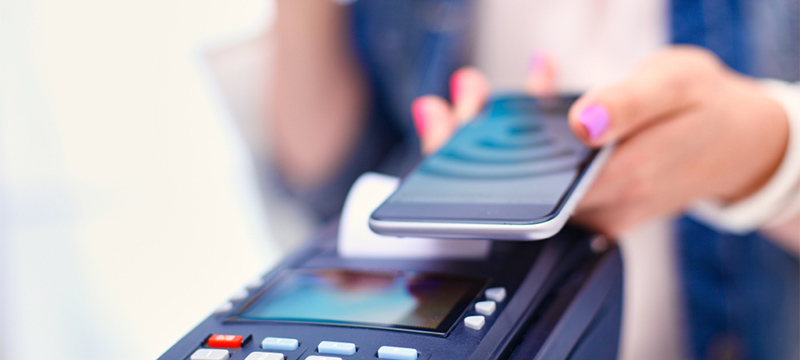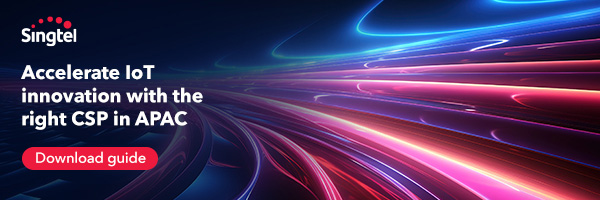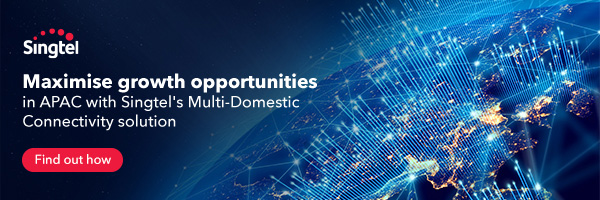
The landscape of payments is rapidly evolving, driven by the Internet of Things (IoT) and its profound impact on how we conduct transactions. The era of smart payments has arrived, bringing innovative solutions that enhance convenience, security, and efficiency. In this article, we will explore the role of IoT in smart payments, its applications, benefits, challenges, and the future of this transformative technology.
The Intersection of IoT and Payments
Smart payments represent a significant shift in the way we handle financial transactions, offering seamless and secure payment methods that leverage IoT technologies. IoT is all about interconnected devices, sensors, and systems, and when applied to payments, it opens the door to a range of possibilities.
Key Applications of IoT in Smart Payments
1. Contactless Payments
IoT-enabled devices, such as contactless payment cards, wearables, and mobile apps, allow users to make payments by simply tapping or holding their device near a point-of-sale (POS) terminal. This technology is not only convenient but also reduces physical contact, which has become more important in the context of public health.
2. IoT in Retail
In retail, IoT is enhancing the payment experience through features like smart kiosks and automated checkout. Customers can scan items and make payments without going through a traditional checkout process, streamlining the shopping experience.
3. Mobile Wallets
Mobile payment wallets like Apple Pay, Google Pay, and Samsung Pay use IoT technology to enable secure, contactless payments using smartphones or smartwatches. These wallets are widely accepted by retailers and provide users with a digital representation of their payment cards.
4. IoT in Transportation
IoT is revolutionizing the way we pay for transportation services. Smart cards and mobile apps allow commuters to pay for public transportation, parking, and tolls seamlessly, while IoT sensors monitor traffic and manage congestion.
5. Wearable Payments
Wearable devices equipped with payment technology, such as smartwatches and fitness trackers, enable users to make payments without the need for physical cards or cash. These wearables offer a convenient and secure payment method.
6. Internet-Connected Appliances
Smart appliances and devices in the home can be connected to payment services, enabling automatic reordering of household supplies when items are running low. For example, a smart refrigerator can place an order for groceries when specific items are depleted.
7. IoT in Healthcare
The healthcare sector is using IoT for patient billing and insurance claims. IoT devices and sensors are used to monitor patient health, and payment transactions can be initiated automatically based on the care provided.
Benefits of IoT in Smart Payments
The integration of IoT in smart payments offers numerous advantages:
1. Convenience
IoT-enabled payment methods, such as contactless and mobile payments, are highly convenient, saving time and reducing the need for physical payment cards or cash.
2. Security
IoT payments often employ strong security measures, including encryption and tokenization, to protect financial data. The use of biometric authentication, such as fingerprint or facial recognition, further enhances security.
3. Efficiency
Smart payments streamline the payment process, reducing wait times and making transactions more efficient. This is particularly valuable in high-traffic retail settings.
4. Contactless Transactions
Contactless payments minimize physical contact between individuals and surfaces, a feature that has become especially relevant in times of public health concern.
5. Real-Time Transaction Tracking
IoT provides real-time transaction tracking and notification, ensuring users are immediately informed about any payment activities on their accounts.
6. Enhanced Personalization
IoT enables personalized offers, rewards, and discounts based on user behavior and preferences, making the payment experience more tailored.
Challenges and Considerations
While IoT in smart payments offers numerous benefits, it also poses challenges and considerations:
1. Data Security
The collection and transmission of sensitive payment data raise concerns about data security. Robust security measures must be in place to protect financial information.
2. Privacy
Users’ personal data must be treated with care, and consent for data collection and usage must be clearly established.
3. Standardization
IoT devices and systems must be compatible and standardized to ensure seamless data exchange and integration. Common protocols and standards are essential for achieving this.
4. Regulatory Compliance
IoT payment systems must adhere to regulatory requirements, particularly regarding data protection and financial transactions.
5. Adoption and Trust
The adoption of smart payment methods may require user education and a cultural shift in how people think about traditional payment methods.
The Future of IoT in Smart Payments
As technology continues to advance, the future of IoT in smart payments looks promising. Here are some trends and developments to watch for:
1. Enhanced Biometrics
The use of biometrics, such as fingerprint and facial recognition, for authentication and authorization will become more widespread, improving security and convenience.
2. Cross-Device Payments
IoT will enable payments to seamlessly move across devices. For example, a user may initiate a payment on a smartwatch and complete it on a smartphone or vice versa.
3. Voice-Activated Payments
Voice assistants like Alexa and Google Assistant will support voice-activated payments, making it easier for users to complete transactions using only their voice commands.
4. Digital Currencies
IoT will play a significant role in the adoption of digital currencies and central bank digital currencies (CBDCs), which can streamline international transactions and reduce currency conversion costs.
5. Augmented Reality (AR)
AR will enhance the in-store shopping experience, allowing users to virtually try on products and make purchases through immersive, interactive interfaces.
Conclusion
The Internet of Things is driving the evolution of smart payments, offering enhanced convenience, security, and efficiency. Challenges related to data security, privacy, and adoption must be addressed to ensure that the benefits of IoT in smart payments are fully realized.
As IoT technology continues to advance, it will remain a driving force in smart payments, offering a glimpse into a future where payment transactions are seamless, secure, and tailored to individual preferences, significantly transforming the way we handle our finances and make purchases.







